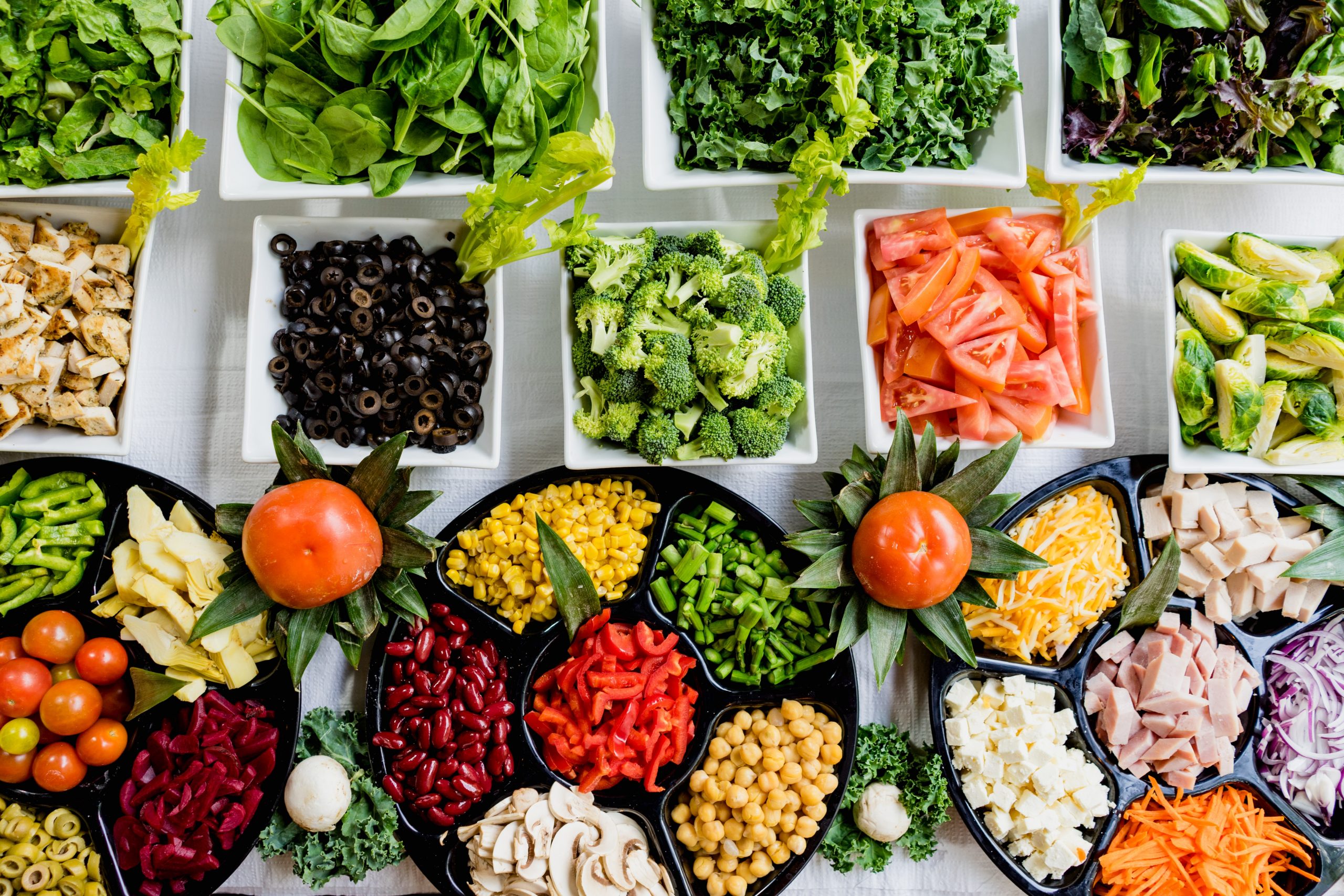A macro study clarifies that the foods that reduce the risk of ischemic stroke aren’t the same foods that protect against hemorrhagic stroke and vice versa; and highlights that fiber is the diet element that protects the most against ischemic stroke.
Foods that can protect against strokes
One’s type of diet can be decisive in the likelihood of a person suffering a stroke. Previous studies indicated that foods such as vegetables, fruit, and fiber had a similar effect on ischemic and hemorrhagic strokes, and hence, dietary advice given in this regard to protect against stroke was generic.
However, one new study has shown that these foods don’t have the same effect, for better or for worse, on both types of strokes.
The research
85% of strokes in the world are ischemic – when a blood clot blocks an artery that supplies blood to the brain or it forms in a different place in the body and moves to the brain where it blocks blood flow – and the remaining 15% are hemorrhagic – brain bleeding that damages nearby cells – and both types of stroke have become the second leading cause of death around the world.
Having 200 g of fruits and vegetables a day reduces the risk of ischemic stroke by up to 13%
The study – the largest of its kind to date –, which was published in the European Heart Journal, featured 418,329 participants from nine different European countries – Germany, Denmark, Italy, Greece, Norway, the Netherlands, the United Kingdom, Sweden and Spain – who filled out questionnaires about their diet, lifestyle, socio-demographic factors and medical history for almost 13 years. 4,281 cases of ischemic strokes and 1,230 cases of hemorrhagic strokes were recorded.
Eating a lot of eggs increases the risk of hemorrhagic stroke.
The results showed that those who had a high intake of vegetables, fruits, cheese, milk or yogurt had a lower risk of ischemic stroke, although no significant association of these foods was found in the reduction of hemorrhagic stroke risk.
Likewise, they found that consuming a large amount of eggs could increase the likeliness of a hemorrhagic stroke; each extra 20 g of this food increased it by 25%. But this association wasn’t found with ischemic strokes. This corroborates the main hypothesis of the authors that certain foods don’t have the same effects on both types of strokes.
Fiber, key to reducing the probability of ischemic stroke
Tammy Tong, lead author of the study, stated that one of her findings was that consuming too much dietary fiber – fruits and vegetables – was associated with lower risk of ischemic stroke. Only fruits and vegetables were associated with a decreased risk of up to 13% when consuming 200 g per day, which is equivalent to one case less of blood clot stroke per 1,000 people within 10 years.
As for fiber – including fiber obtained from cereals, nuts, seeds, vegetables and fruits – it was the element of diet that potentially reduced the risk of ischemic stroke the most. Specifically, it was found that for every 10 more grams of fiber consumed per day, there was 23% less likelihood of this type of stroke, which equals two cases less per 1,000 people within 10 years.
The World Health Organization (WHO) and the European Society of Cardiology (ESC) recommend the minimum consumption of 400 g of fruits and vegetables per day, and the ESC clarifies that daily fiber should be between 30g and 45g.
To get an idea of ??the amount of fiber this is, the estimations presented in the study indicate that about eight small broccoli pieces have about 3 g of fiber; two slices of wholegrain bread, 6.6 g; and an unpeeled medium-sized apple, 1.2 g.
Further research is necessary
However, the researchers assure that this association should be researched further, since the study is observational in nature and cannot give the exact causes of this association, although they believe it could be due to the effects that these foods have on blood pressure, cholesterol and obesity, which end up influencing the occurrence of strokes.
Link: https://www.webconsultas.com/noticias/dieta-y-nutricion/enumeran-que-diferentes-alimentos-protegen-frente-a-cada-tipo-de-ictus
Date: February 2nd, 2020
By: Natalia Castejón
Nutrigenomics Institute is not responsible for the comments and opinions included in this article






